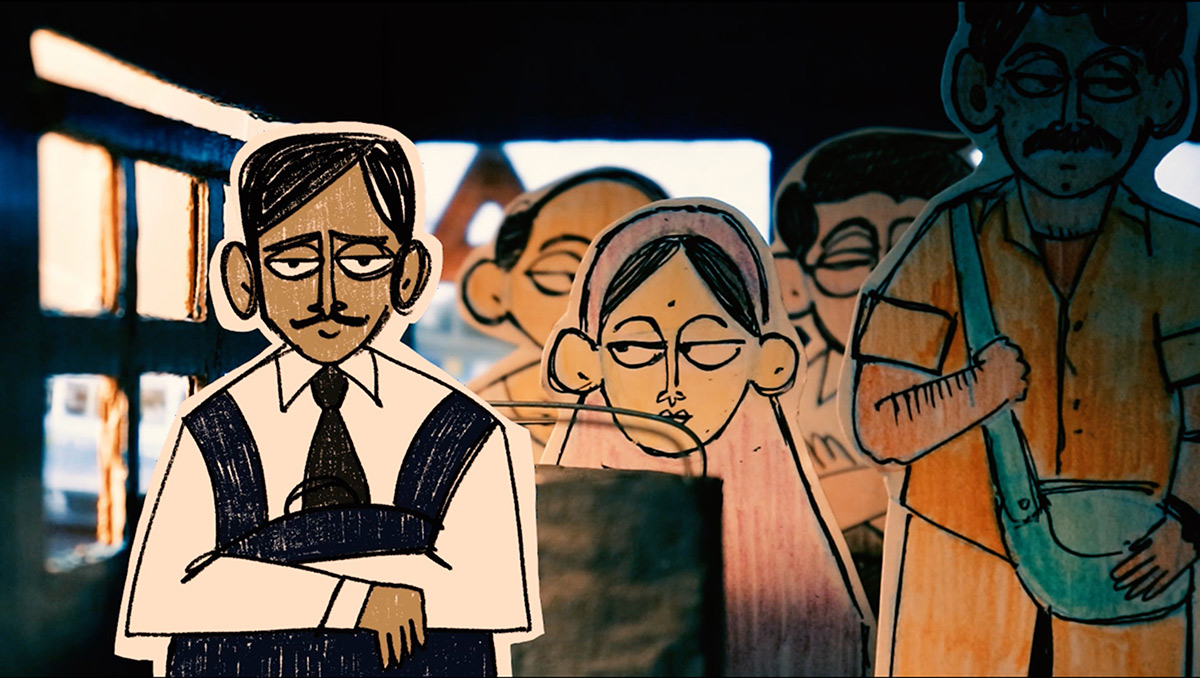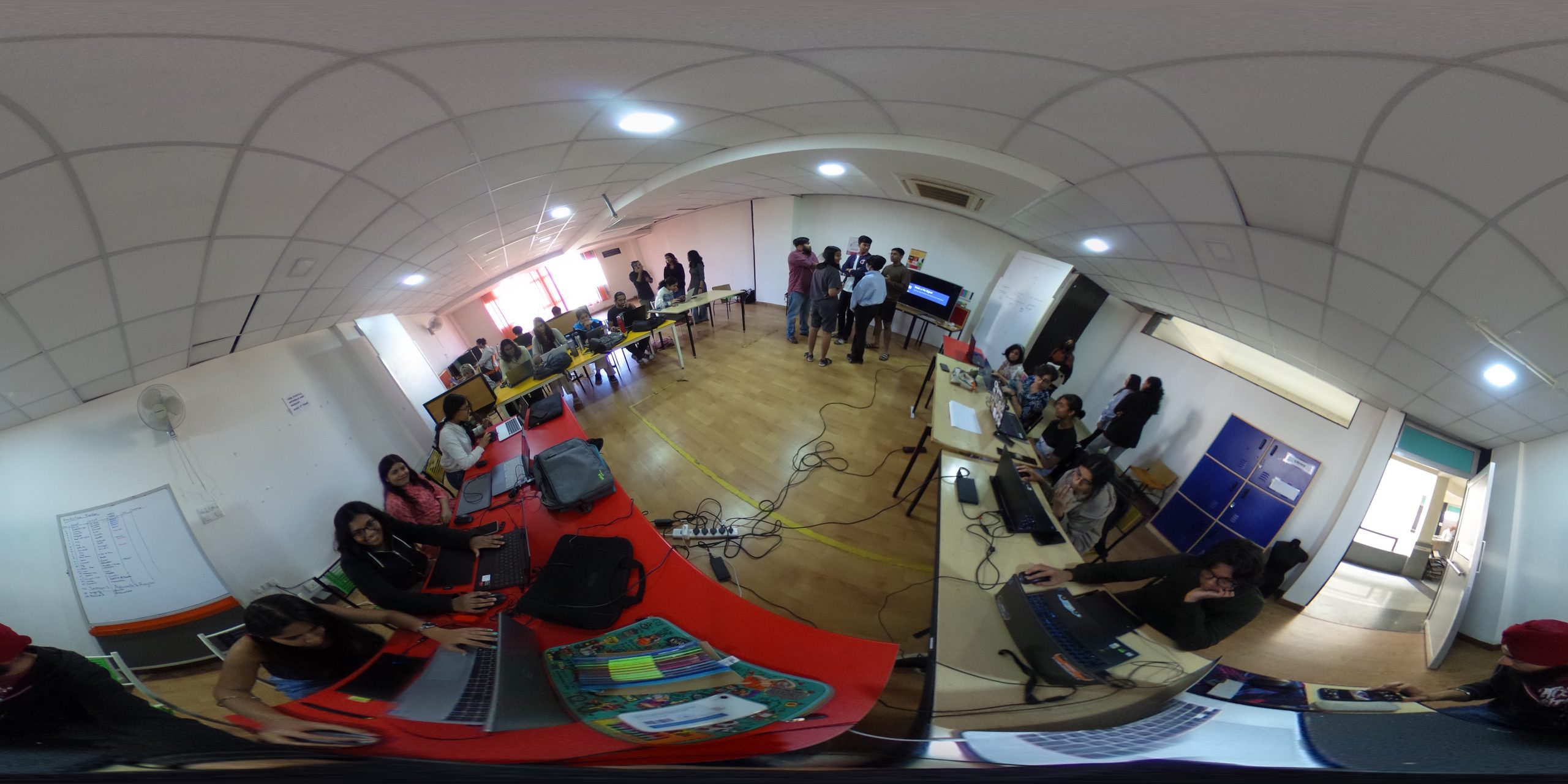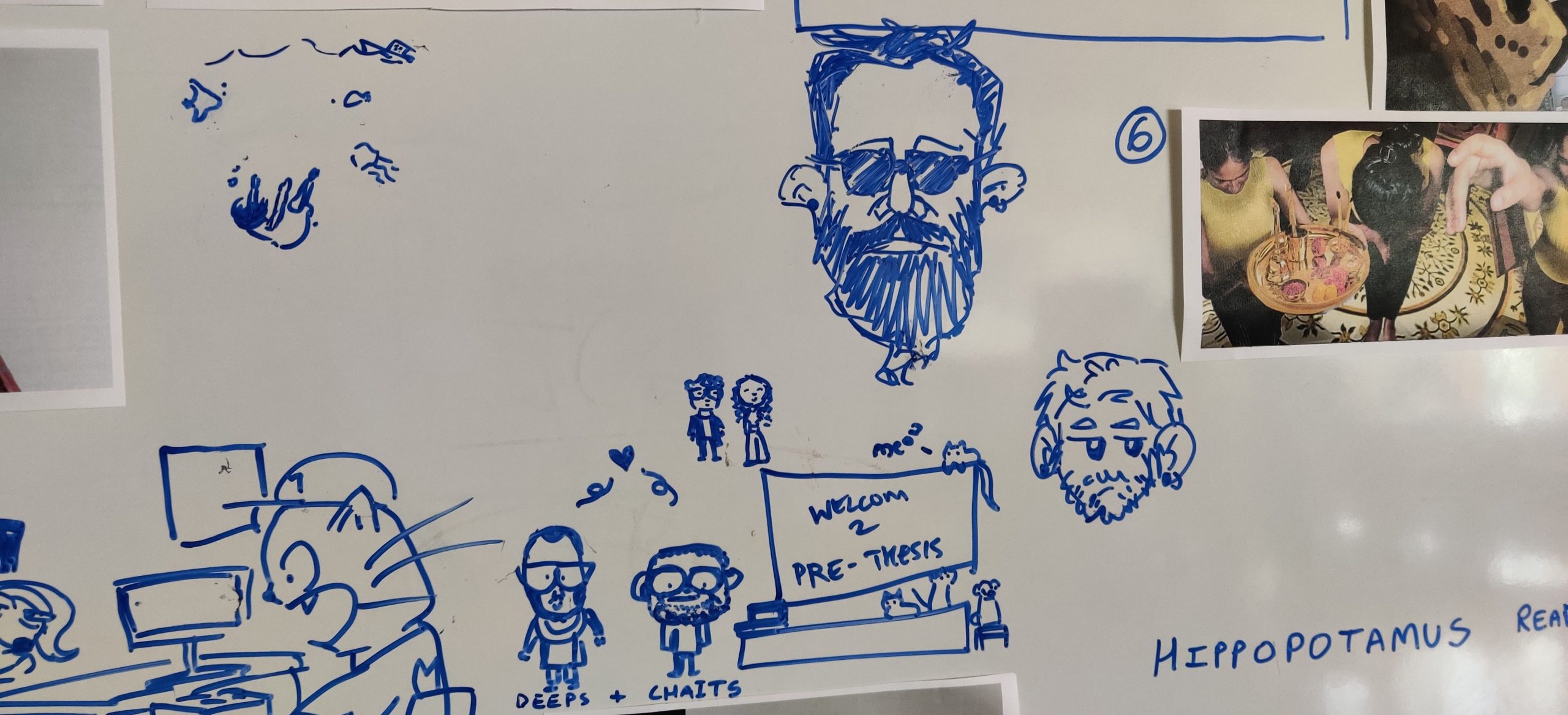Digital Media Arts
ABOUT THE PROGRAM
While contemporary visual culture is replete with digitally produced and manipulated imagery, they all start on a drawing board with the stroke of the hand. Tactile exploration, digital intervention, and enhancement are key to envisioning impossible worlds and interactive virtual spaces. Commercial and artistic spaces today abound in several forms of time-based media works. At SMI, we encourage such media works to start primarily from a deep immersion into one’s social, personal, historical, cultural and contemporary contexts through the 4-year undergraduate course in Digital Media Arts (DMA)
Whether it is movements drawn, models made to act, or interaction of live-action and computer-generated imagery (CGI), this is a space to explore new frontiers of time-based media formed by the interaction of time, movement, image, text, sound and space. The program focuses on various 2D animation and manipulated moving-image practices.
COURSE STRUCTURE
The curriculum comprises different ways of learning as follows:
- Foundation introduces students to basic principles and tools of Art, Design and Technology as methods, tools and processes. Read more >>
- Disciplinary Studios are learning spaces where students develop core disciplinary capabilities while navigating a trans-disciplinary environment.
- General Studies is a common and compulsory programme of study that integrates Humanities, Sciences, Maths, business and finance. Development and Policy Studies and also offers Languages (Spanish, French and German) Read more >>
- Interim is an immersive introduction to practice in new and emerging areas of art and design and environmental exposure.
- Electives are of three kinds. This program allows students to expand their skills, develop their interests, and provide opportunities for travel exchange.
- Internship/Apprenticeship is compulsory work experience done over the summer break between the 6th and 7th semesters.
- Project-based learning involves the application and synthesis of capabilities acquired. Two projects, pre-thesis and thesis, are the culmination of the 4-year undergraduate program, which allows for the demonstration of an integration of values, positions, capabilities and practice. Read more >>
LEARNING APPROACH
Learning at the undergraduate level in Digital Media Arts involves:
- Inter-disciplinary and choice-based navigation where students can select courses as per their core area of interest
- Contextual learning through an immersion in broader socio-cultural contexts
- Exploration, reflection and critical investigation of personal contexts and experiences
- Understanding of the audience and the communicative modes of Digital Media Arts
- Thinking through doing, observing, acquiring skills in different storytelling mediums, innovating and re-designing narrative
CAPABILITIES
Upon successful completion of this course graduates will have developed the following capabilities:
- Constructing narrative, meaning, feeling or thought in moving image
- Understanding the “language” of media art practice (animation, gaming, film/video etc.)
- Thoughtful creating of characters, situations, and scenarios
- Visual, aesthetic and performative sensibility (in constructing moving image)
- Spatial understanding – physical, sonic and/or symbolic
- Structural thinking – understanding natural, physical and digital environments and materials
- Creative problem solving and management of processes
- Inventive thinking, risk taking, approaching the unknown
- Keen observation, assimilation and expression
- Constructing viewer experiences
- Research – inquiry, probing and methodical investigation
- Focused understanding of a given context and how one relates to it
- Creative use of techniques and expertise in their application
- Ability to engage with diverse topics and bring about creative synthesis
- Autonomy, individual awareness and self-directed processes
FAQs
What is Digital Media Arts?
Digital Media Arts at Srishti comprises mainly the fields of Animation and all forms of manipulated moving images. The course looks at 2D animation as a way of communicating and expressing ideas about oneself and the world as experienced. Animation can no longer be seen as an exclusive field but has to be considered within a broad practice of digital media and how one can push its boundaries into new frontiers.
What do people in this field do? What will graduates of this course do?
The program is designed to give an overview of several aspects of animation filmmaking. The emphasis is on developing a holistic understanding of the possibilities in these fields. The student can choose to develop skills in the interest of their choice and also combine skills from other courses offered across Srishti Manipal. Hence, graduates with a Bachelor of Fine Arts in DMA can function in different roles in the media and entertainment, advertising, communication services, web design, and education and welfare sectors. They will be equipped to contribute to the animation practice’s design thinking, ideating and/or production processes.
How do I know if a career in any of the specializations of Digital Media Arts is for me?
If you are interested in inventing and creating new worlds, if you like the art of communicating and especially condensing a lot of what you want to say in a short time, if you are playful, if you like drawing or building elements that can move and come to life, if you want to have full control of the moving image world that you want to create, then this would be a good choice for you.
In what way does this course at Srishti Manipal differ from other such courses?
The course at Srishti Manipal gives high importance to context-based work. The context could pertain to social, cultural or environmental themes or be an enquiry into the personal and the content of one’s experience and art-making processes. The program is designed to help students be better learners and pursue their own goals and areas of research. Situated in a multidisciplinary environment, there are good possibilities for comparing, acquiring and appropriating methods and processes from other disciplines into one’s practice of digital media.
Am I eligible to pursue a Masters after this course?
Yes, you will be able to pursue a Masters at Srishti Manipal or in any place of study of your choice.
What opportunities do I have after completing this course?
The capability sets equip and prepare students for a wide range of career opportunities:
Students can work in the industries of advertising, television, cinema and interactive media. They can continue their practice, develop their own work and become entrepreneurs. They can pursue higher education. They can work for established design firms and production houses. They can develop their own projects and apply for grants.







